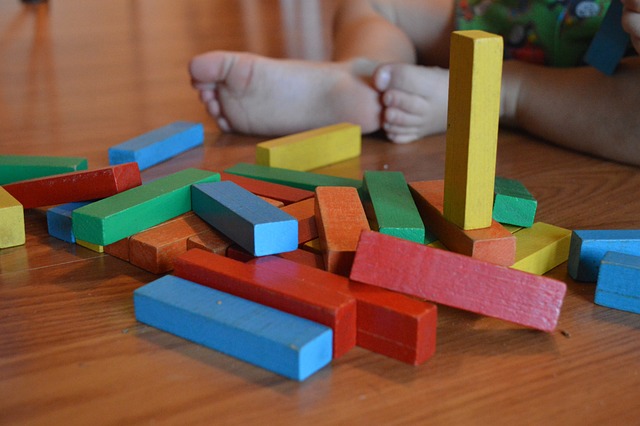Introduction
As parents and caregivers, fostering early childhood development is a top priority. The age of 3 is a crucial period where children’s brains are rapidly developing, making it an optimal time to engage them in learning activities that stimulate their curiosity, creativity, and cognitive skills. In this article, we’ll delve into a variety of interactive and educational activities tailored for 3-year-olds that not only make learning fun but also provide a strong foundation for their future growth.
The Power of Play-Based Learning
1. Embracing Creative Exploration
At the heart of effective learning for 3-year-olds lies play-based activities. Encourage your child to explore their imagination through arts and crafts, finger painting, and building with blocks. These activities not only enhance their fine motor skills but also allow them to express themselves freely.
2. Imaginative Role Play
Engaging in imaginative play lets kids step into different roles and scenarios. Set up a pretend kitchen, doctor’s office, or grocery store, and watch as they develop communication skills, empathy, and problem-solving abilities while immersing themselves in creative narratives.
Boosting Cognitive Development
3. Counting with Everyday Objects
Incorporate learning into daily routines by counting objects during mealtime, bath time, or playtime. This simple practice lays the foundation for early math skills and introduces them to numbers and quantity.
4. Shape and Color Hunts
Turn your home into a learning playground by organizing shape and color scavenger hunts. Ask your child to find items of a certain color or shape, fostering their observation skills and cognitive categorization.
Language and Communication Skills
5. Storytelling Sessions
Reading aloud to your child introduces them to language patterns and new vocabulary. Encourage their engagement by asking questions about the story and encouraging them to predict what might happen next.
6. Building Vocabulary through Play
Incorporate learning into play by introducing new words related to the toys they’re using. If they’re playing with building blocks, teach them words like “stack,” “tall,” and “balance” to enhance their verbal abilities.
Physical and Motor Skill Development
7. Dance and Movement
Crank up the music and have a dance party! Dancing not only enhances gross motor skills but also helps them develop rhythm, coordination, and self-expression.
8. Fine Motor Fun with Playdough
Engage your child’s senses with playdough activities that involve rolling, squishing, and shaping. These exercises strengthen hand muscles, supporting their writing and drawing skills.
Social and Emotional Growth
9. Sharing and Turn-Taking
Arrange playdates or family activities that involve sharing and turn-taking. These experiences teach valuable social skills, including empathy, patience, and cooperation.
10. Feelings Exploration
Discuss emotions with your child by using storytelling or picture books. Help them identify different emotions and understand that it’s okay to express how they feel.
Conclusion
In these critical early years, 3-year-olds are like sponges, absorbing knowledge and experiences. By engaging them in purposeful play and learning activities, we lay the groundwork for their holistic development. From sparking creativity through arts and crafts to boosting cognitive skills with counting games, each activity contributes to a well-rounded educational journey.
Related Article: 4 Activities Moms Can Do with Their Toddlers
FAQs:
What are the benefits of play-based learning for 3-year-olds?
Play-based learning enhances creativity, cognitive skills, and emotional development, all while making learning enjoyable.
How can I make learning activities more engaging for my 3-year-old?
Incorporate their interests into the activities, keep the sessions short and interactive, and provide positive reinforcement.
Are there any safety considerations for these activities?
Always ensure that the activities and materials used are age-appropriate and safe for your child.
What if my child loses interest quickly during learning activities?
It’s normal for young children to have shorter attention spans. Keep the activities varied and follow their lead to maintain engagement.
Can I modify these activities for a group of 3-year-olds?
Absolutely! Many of these activities are adaptable for group settings, encouraging social interaction and shared learning.











